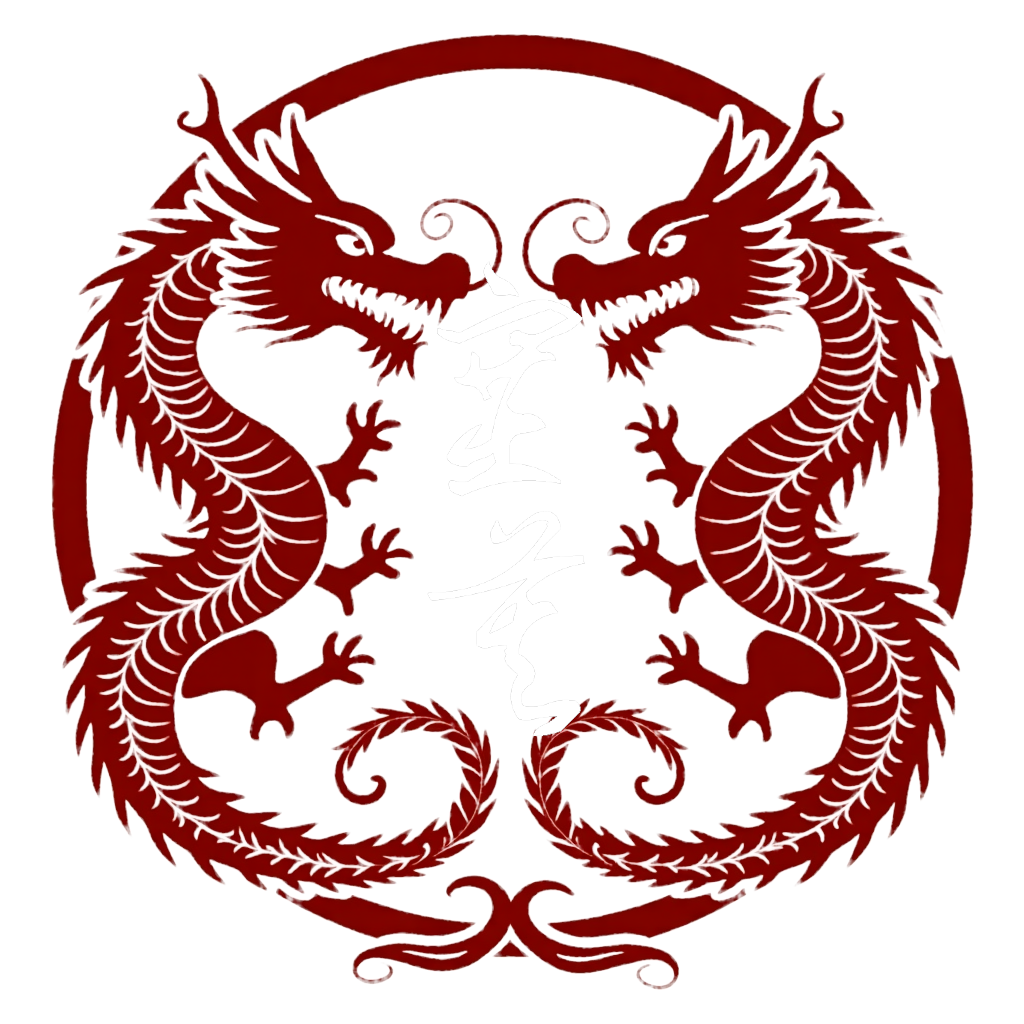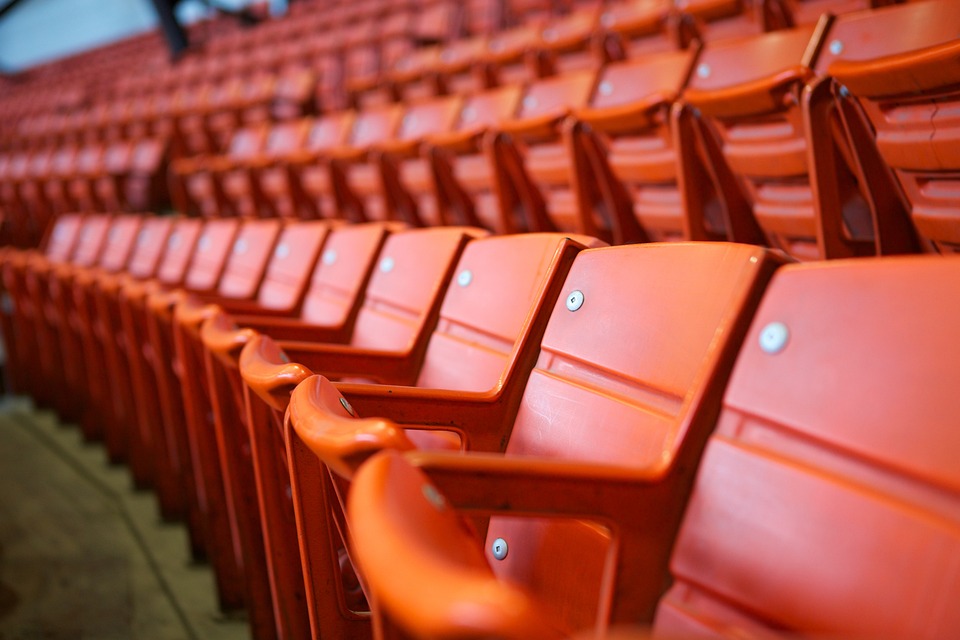Breaking Barriers: SEMO’s Mission to Make Sports Accessible to All
While SEMO events showcase athletic excellence at the highest levels, our organization’s deeper mission extends far beyond elite competition. Over the past year, SEMO has dramatically expanded its community outreach initiatives, focusing particularly on bringing quality sports programming to underserved communities. Today, we’re proud to share the impact of these efforts and the stories of lives changed through access to sports.
The Access Gap: Understanding the Challenge
Research consistently shows that participation in organized sports provides numerous benefits for young people, including improved physical health, enhanced academic performance, better mental health outcomes, and development of crucial life skills. However, access to quality sports programming remains unevenly distributed.
“We’ve identified significant ‘sports deserts’ in our region—areas where children have limited or no access to organized sports opportunities,” explains Maria Rodriguez, SEMO’s Director of Community Programs. “These gaps disproportionately affect low-income communities, rural areas, and certain urban neighborhoods where resources and facilities are limited.”
The barriers to participation typically include:
-
Financial constraints: Prohibitive costs for equipment, fees, and transportation
-
Facility limitations: Lack of safe, accessible spaces for practice and play
-
Coaching shortages: Insufficient qualified adult mentors and instructors
-
Transportation challenges: Difficulty accessing existing programs
-
Awareness gaps: Limited information about available opportunities
-
Cultural barriers: Programs that don’t reflect community needs or values
SEMO’s Comprehensive Approach
To address these complex challenges, SEMO has implemented a multi-faceted community outreach strategy:
Mobile Sports Program
The centerpiece of SEMO’s outreach efforts is our fleet of five Mobile Sports Units—specially equipped vehicles that bring equipment, coaches, and programming directly to communities with limited access.
“The Mobile Sports Program operates on a simple principle: if children can’t come to sports, we’ll bring sports to them,” notes Rodriguez. “Each vehicle is essentially a sports program on wheels, containing everything needed to create quality athletic experiences in almost any setting.”
Since launching in September 2024, the Mobile Sports Program has:
-
Visited 78 different communities across the region
-
Conducted over 450 sports sessions
-
Engaged more than 12,000 young people
-
Trained 230 local volunteers to sustain programming
-
Introduced participants to 12 different sports
The mobile units operate on regular schedules, creating consistency that allows participants to develop skills over time. Each visit includes not just athletic instruction but also education about nutrition, teamwork, and personal development.
Facility Revitalization Initiative
Complementing the mobile program, SEMO has partnered with local governments and businesses to revitalize existing but underutilized recreational spaces.
“Many communities have sports facilities that have fallen into disrepair or lack proper equipment,” explains James Wilson, Director of Facilities. “Through targeted investments, we’re helping transform these spaces into vibrant centers for community sports.”
The initiative has completed 14 revitalization projects including:
-
Resurfacing basketball courts in urban neighborhoods
-
Installing lighting systems for extended evening use
-
Renovating community swimming pools
-
Converting unused lots into multi-purpose fields
-
Upgrading playground equipment to encourage active play
Each project includes a sustainability component, with local community organizations receiving support to maintain the facilities and program regular activities.
Coach Development Program
Recognizing that facilities alone aren’t enough, SEMO has created an extensive coach development program specifically designed for underserved communities.
“Quality coaching is the lifeblood of any sports program,” notes Olympic medalist and program director Elena Chen. “Our approach focuses not just on developing technical coaching skills but also on mentorship, positive youth development, and creating inclusive environments.”
The program provides:
-
Free certification courses for volunteer coaches
-
Mentorship from experienced SEMO coaches
-
Equipment grants for new programs
-
Ongoing professional development
-
Resources translated into multiple languages
To date, the program has trained 675 community coaches who are now leading programs in their neighborhoods. Significantly, 83% of these coaches come from the communities they serve, ensuring cultural relevance and sustainable leadership.
Equipment Access Program
To address the financial barriers to participation, SEMO has created a comprehensive equipment access program with multiple components:
-
Equipment Libraries: Community centers where families can borrow sports equipment free of charge
-
Recycling Initiative: Collection and refurbishment of used equipment for redistribution
-
Grants Program: Direct equipment provision to qualifying community organizations
-
Swap Events: Community gatherings where families exchange outgrown equipment
“We’ve distributed over $300,000 worth of equipment in the past year,” reports Program Coordinator David Park. “But beyond the monetary value, we’re creating systems that make ongoing participation possible for thousands of children.”
Impact Stories: Lives Changed Through Sports Access
While statistics demonstrate the scale of SEMO’s outreach efforts, individual stories reveal their true impact:
Riverside Community: From Empty Courts to Thriving League
When the Mobile Sports Program first visited Riverside—a community with 46% child poverty rate—they found basketball courts that had been unused for years due to broken equipment and safety concerns.
“That first day, we had maybe 10 kids show up,” recalls mobile coach Sarah Johnson. “But they spread the word, and by our third visit, more than 50 young people were waiting for us.”
After six weeks of regular programming, SEMO partnered with local organizations to revitalize the courts, install new equipment, and train seven community members as coaches. Today, Riverside has a thriving youth basketball league with 125 participants and regular community events centered around the renovated courts.
Fourteen-year-old participant Miguel Rodriguez shares: “Before the program came, I just stayed inside playing video games. Now I’m on a team, I’ve made new friends, and I even help coach the younger kids. It’s changed everything.”
Eastern County: Rural Access Revolution
In Eastern County, where geographic isolation and transportation limitations created significant barriers to sports participation, the Mobile Sports Program established regular visits to five locations, bringing multiple sports options to communities that previously had none.
“In rural areas, children often have to choose between no sports or traveling prohibitive distances to participate,” explains Rodriguez. “Our program meets children where they are and introduces them to sports they might never otherwise experience.”
Local parent Jennifer Williams notes the broader impact: “This isn’t just about sports. These programs have become community gathering points. Parents connect while their kids play. We’re organizing carpools to other events. It’s strengthening our entire community fabric.”
Westside Neighborhood: Aquatic Opportunity
When SEMO’s assessment identified that children in Westside Neighborhood had virtually no access to swimming facilities despite living less than five miles from a major waterway, the organization partnered with local schools to develop an innovative solution.
Through funding partnerships, SEMO helped renovate an abandoned school pool and develop a comprehensive swim instruction program. In its first six months, the program has:
-
Taught basic water safety to over 500 children
-
Provided structured swim lessons to 320 participants
-
Trained 15 neighborhood residents as certified lifeguards
-
Created a pathway to competitive swimming opportunities
“Learning to swim is both a safety essential and a gateway to numerous recreational and competitive opportunities,” notes swim program director Michael Chen. “Yet access to swim instruction remains highly inequitable in our region.”
Twelve-year-old participant Aisha Johnson, now considering competitive swimming, reflects: “I was scared of the water before. Now I love swimming and want to join a team. I never knew I could be good at something like this.”
Cultural Connections: Sports as Common Ground
In neighborhoods with significant immigrant and refugee populations, SEMO has developed culturally responsive programming that uses sports as a bridge between communities.
The “Sports Connect” initiative brings together children from diverse backgrounds through sports while incorporating elements from various cultural sporting traditions. Activities include cricket, sepak takraw (kick volleyball), and traditional indigenous games alongside more familiar sports.
“Sports provide a universal language,” explains program coordinator Elena Torres, herself a former refugee. “Children who may not share a verbal language can connect through play, developing friendships that transcend cultural differences.”
Local community leader Ahmed Hassan notes: “These programs don’t just introduce our children to American sports—they honor our cultural traditions too. That mutual respect creates a foundation for genuine integration and community building.”
Measuring Impact: Beyond Participation Numbers
SEMO’s commitment to meaningful impact extends to rigorous assessment of outcomes beyond simple participation metrics. Through partnerships with regional universities, the organization conducts ongoing evaluation of its community programs.
Key findings from the first year assessment include:
-
Physical health impacts: Participants showed measurable improvements in cardiovascular fitness, body composition, and motor skill development
-
Academic correlations: Schools report 37% reduction in absenteeism among regular program participants
-
Psychosocial benefits: Assessments show significant improvements in self-efficacy, social connection, and emotional regulation
-
Community cohesion: Neighborhoods with SEMO programs report increased community engagement beyond sports activities
-
Family wellness: 42% of parents/guardians report increasing their own physical activity as a result of their children’s participation
“These results confirm what we’ve long believed—that access to quality sports programming creates ripple effects throughout communities,” notes Dr. James Wilson, who leads the research partnership. “The benefits extend far beyond the playing field.”
Sustainability and Growth: The Road Ahead
As SEMO’s community outreach initiatives prove their value, the organization is focused on ensuring their sustainability and expansion.
“We’re implementing a three-phase approach in each community,” explains Rodriguez. “We begin with direct provision of programs, then transition to a co-leadership model with local partners, and ultimately shift to a support role as communities take ownership of their sports programs.”
This approach is already showing success, with seven communities now independently operating programs initially established through SEMO outreach. The organization provides ongoing support through coach development, equipment access, and technical assistance.
Looking ahead, SEMO has secured funding to:
-
Add three additional Mobile Sports Units by late 2025
-
Expand the Coach Development Program to reach 500 new community coaches
-
Complete 20 more facility revitalization projects
-
Launch a digital resource platform for community sports leaders
-
Expand research partnerships to better understand long-term impacts
Corporate and Community Partnerships
SEMO’s community outreach wouldn’t be possible without extensive partnerships with businesses, foundations, and community organizations.
“These initiatives represent true collective impact,” notes SEMO President Dr. Diana Chen. “No single organization could address such complex challenges alone, but together we’re creating sustainable change.”
Key partnerships include:
-
Regional Health System: Providing health screenings and nutrition education at program sites
-
Sports Equipment Manufacturers: Donating equipment and supporting recycling initiatives
-
Community Foundations: Funding facility improvements and program operations
-
Local Businesses: Sponsoring specific community programs and volunteer support
-
School Districts: Offering facilities and transportation assistance
-
Youth-Serving Organizations: Coordinating complementary programs and referrals
Get Involved
SEMO invites community members to support these outreach initiatives through various channels:
-
Volunteer: Coach, mentor, or assist with program operations
-
Donate: Contribute funds or gently used sports equipment
-
Advocate: Help identify communities in need of programming
-
Partner: Explore organizational collaboration opportunities
-
Participate: Join a program as a participant or bring one to your community
“Sports changed my life, giving me opportunities I never would have had otherwise,” reflects Olympic athlete and SEMO ambassador Michael Torres. “Every child deserves that chance, regardless of their zip code or family circumstances. These programs are making that possible for thousands of young people who previously stood on the sidelines.”
For more information about SEMO’s community outreach initiatives or to get involved, visit semo-sports.com/community or email community@semo-sports.com.

.png)





